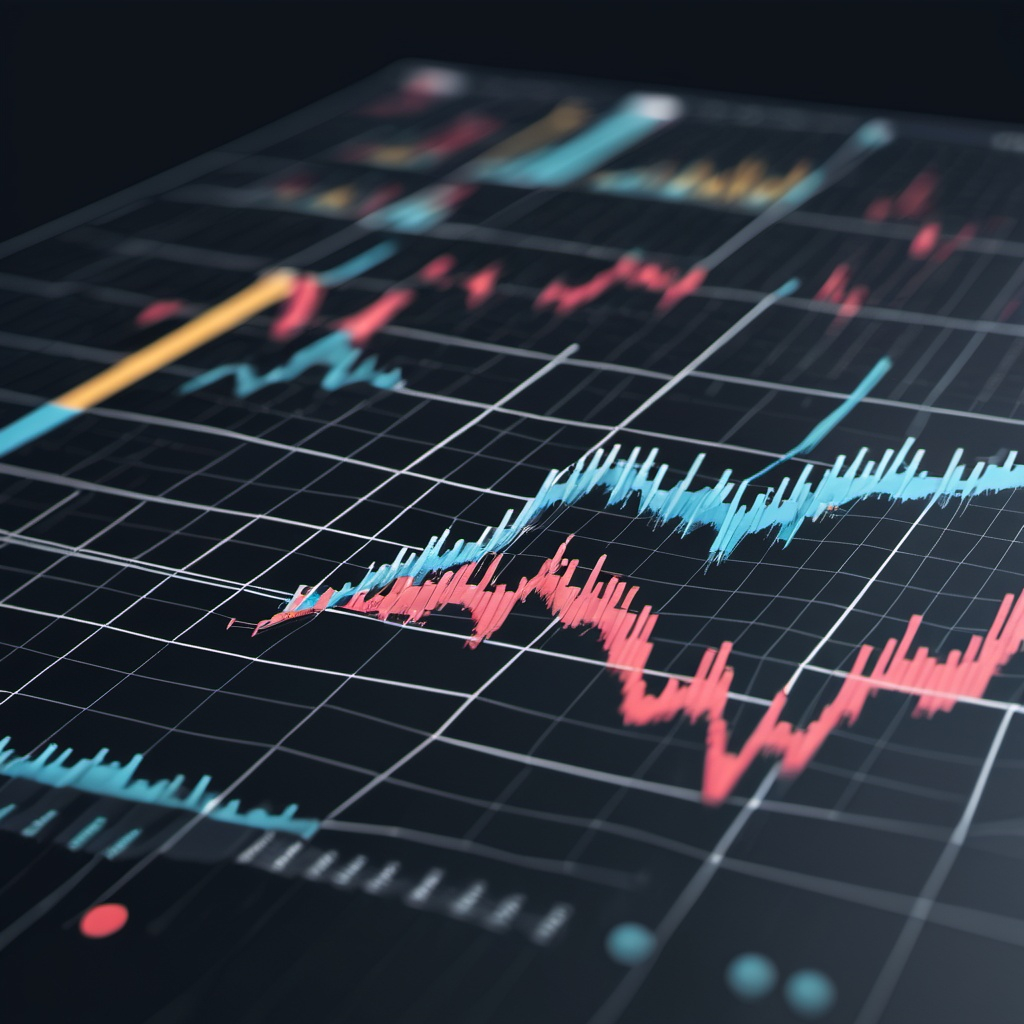
In today’s data-driven world, the ability to create clear and effective data visualizations is an essential skill for professionals across various fields. Whether you’re a data scientist, business analyst, marketer, or educator, improving your data visualization skills can enhance your ability to communicate complex information and support decision-making processes. This article explores actionable strategies and resources to help you hone this critical skill.
1. Understand Your Audience
The first step in creating effective data visualizations is understanding your audience. Ask yourself:
- Who are the stakeholders?
- What are their needs and expectations?
- How familiar are they with the data and its context?
For example, a technical audience may appreciate detailed charts, while a non-technical audience might prefer simplified visuals. Tailoring your visualizations to your audience ensures clarity and relevance.
2. Master the Basics of Design
Good data visualization is rooted in solid design principles. Focus on the following aspects:
- Clarity: Avoid clutter. Every element in your visualization should serve a purpose.
- Consistency: Use consistent colors, fonts, and layouts to maintain a professional look.
- Hierarchy: Guide the viewer’s attention by emphasizing key insights through size, color, or position.
- Accessibility: Ensure that your visualizations are easy to interpret, even for those with color blindness or other visual impairments. Tools like color-blind friendly palettes can help.
3. Choose the Right Visualization
Selecting the appropriate chart type is crucial for effective communication. Here are some common chart types and their purposes:
- Bar Charts: Compare quantities across categories.
- Line Charts: Show trends over time.
- Pie Charts: Illustrate proportions (use sparingly).
- Scatter Plots: Display relationships or correlations.
- Heatmaps: Highlight patterns in data density or intensity.
Use flowcharts or decision trees to determine the most suitable visualization for your data and goals.
4. Learn and Use Visualization Tools
Familiarity with modern data visualization tools can enhance your productivity and creativity. Popular tools include:
- Tableau: User-friendly with advanced analytics features.
- Power BI: Excellent for business intelligence and integration with Microsoft products.
- Excel: Versatile and widely accessible for basic visualizations.
- Python (Matplotlib, Seaborn, Plotly): Offers powerful libraries for custom and complex visualizations.
- R (ggplot2): Ideal for statistical data visualization.
Experiment with different tools to identify which ones suit your needs and projects best.
5. Understand Data Context
A thorough understanding of your data is essential for creating meaningful visualizations. This involves:
- Exploratory Data Analysis (EDA): Use descriptive statistics and initial visualizations to understand patterns and anomalies.
- Data Cleaning: Remove inaccuracies and inconsistencies.
- Contextual Knowledge: Consider external factors or domain-specific nuances that may influence your data.
When you understand the story your data tells, you can design visualizations that communicate it effectively.
6. Study Great Examples
Learning from well-crafted visualizations can provide inspiration and insights. Explore resources such as:
- Books: “The Visual Display of Quantitative Information” by Edward Tufte and “Storytelling with Data” by Cole Nussbaumer Knaflic.
- Websites: Visit platforms like Tableau Public, Information Is Beautiful, and FlowingData for exemplary visualizations.
- Case Studies: Analyze award-winning dashboards and reports to understand best practices.
7. Practice Regularly
As with any skill, regular practice is key to improvement. Create visualizations using personal projects, publicly available datasets, or work-related data. Platforms like Kaggle and GitHub host datasets you can use for practice.
Seek feedback from peers or mentors to identify areas for improvement and refine your approach.
8. Stay Updated on Trends
Data visualization is a dynamic field with evolving trends and technologies. Stay informed by:
- Following thought leaders on social media or blogs.
- Attending webinars, workshops, and conferences.
- Participating in online communities, such as Reddit’s r/dataisbeautiful or LinkedIn groups.
9. Focus on Storytelling
Data visualizations should not just inform but also engage. Focus on crafting a narrative that:
- Highlights key findings.
- Provides context to the data.
- Leads to actionable insights.
Combine visuals with descriptive text, annotations, and interactive features to make your story compelling.
10. Embrace Feedback and Iteration
Finally, treat data visualization as an iterative process. Share your work, solicit feedback, and refine your designs based on constructive criticism. Use A/B testing to compare different versions and identify the most effective approach.
Improving your data visualization skills requires a blend of technical proficiency, design acumen, and storytelling ability. By understanding your audience, mastering design principles, selecting the right tools and chart types, and practicing regularly, you can transform complex data into clear, impactful visual narratives. Remember, the ultimate goal of data visualization is to make information accessible, engaging, and actionable.






